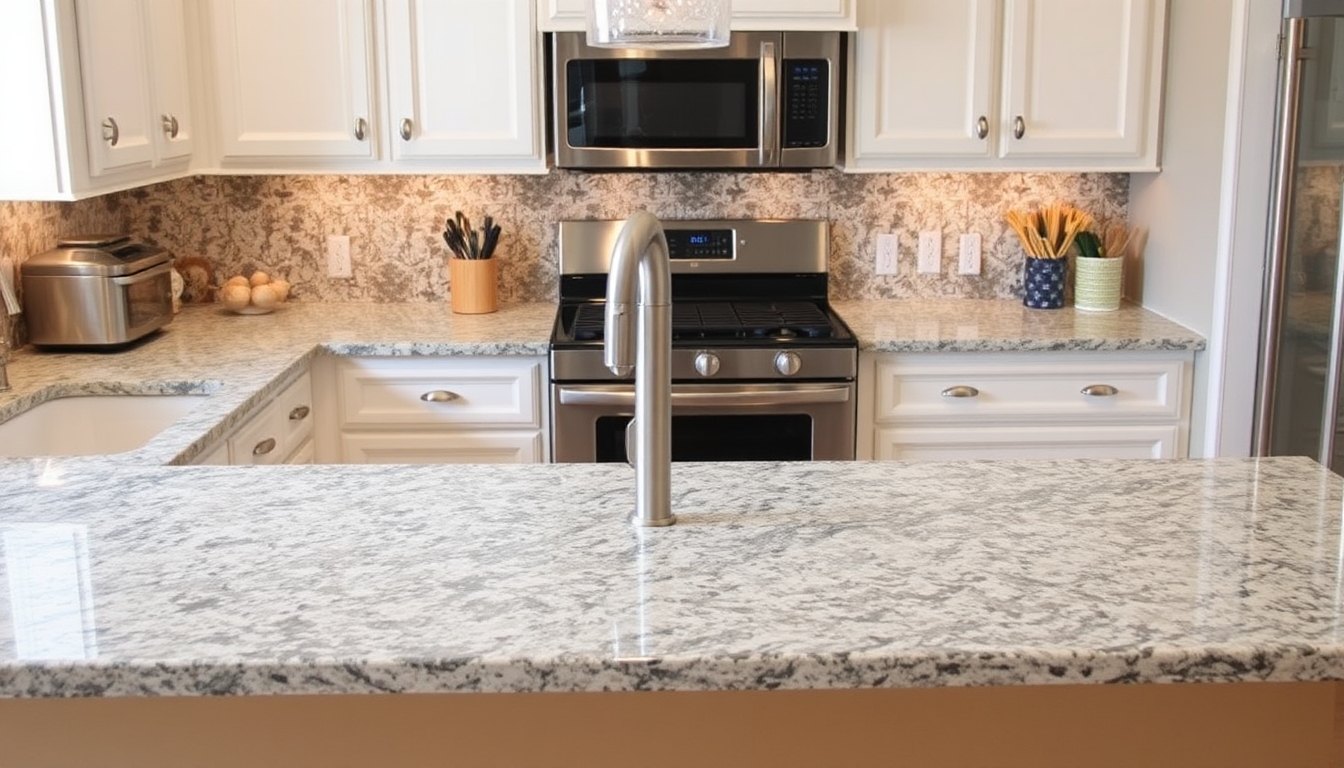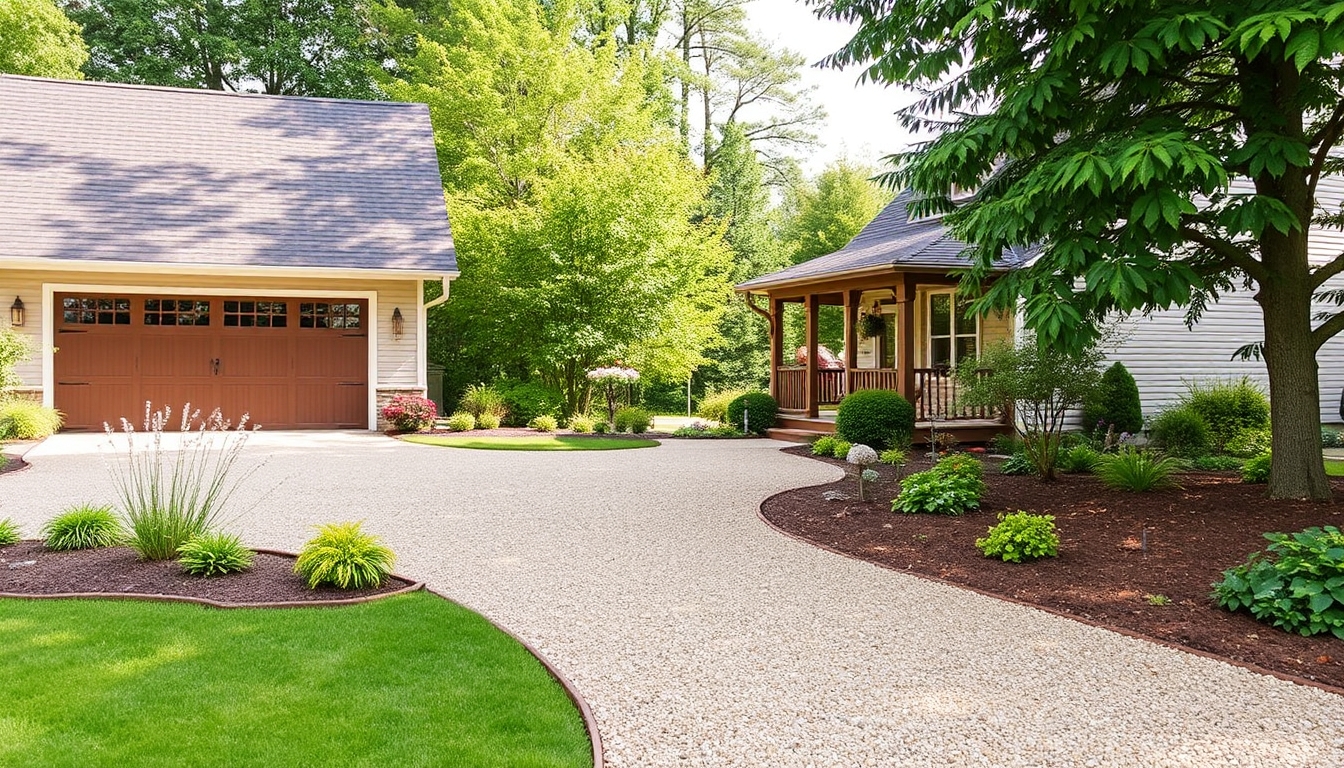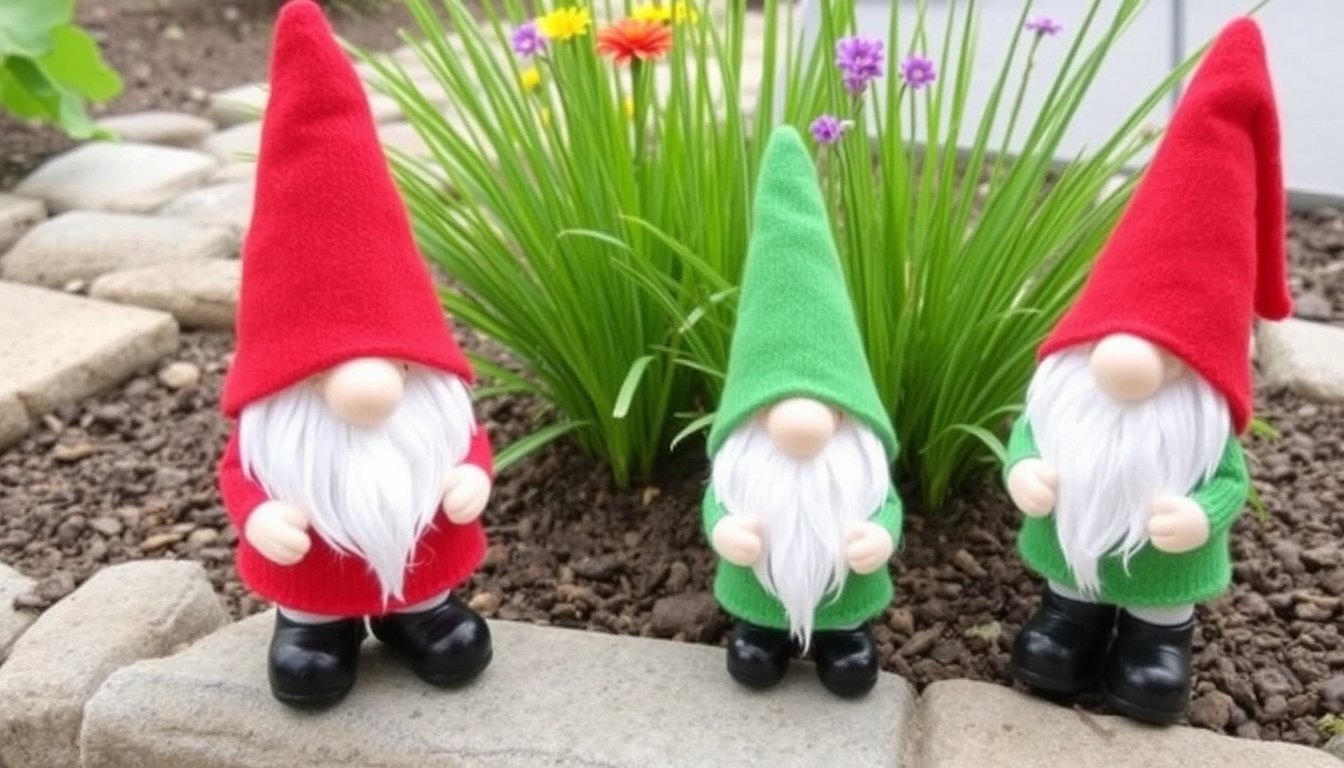Welcome to our comprehensive guide on DIY cement! Whether you’re a seasoned DIY enthusiast or a beginner looking to explore your creative side, this article is here to equip you with all the knowledge you need to master the art of working with cement. From understanding the basics of cement composition to learning step-by-step techniques for various projects, we’ve got you covered. So, grab your tools and get ready to dive into the world of DIY cement creations!
Understanding the Composition of CementCopied!
Before diving into any DIY cement project, it’s essential to have a solid understanding of the composition of cement. Cement is made up of a mixture of various materials, primarily limestone, clay, and gypsum. These materials are crushed, heated, and ground into a fine powder to create what we commonly refer to as cement.
One of the key components in cement is limestone, which provides the calcium carbonate necessary for the chemical reaction that ultimately hardens the mixture. Clay, on the other hand, contains silica, alumina, and iron oxide, which contribute to the strength and durability of the final product.
Gypsum, a natural mineral, is often added to regulate the setting time of cement. It slows down the hardening process, allowing for better workability and preventing cracking.
The Role of Water in Cement Mixing
When water is added to the cement mixture, a chemical reaction called hydration takes place. This reaction causes the cement particles to bond together, forming a solid and strong structure. It’s crucial to find the right balance of water in the mixture. Too little water can result in a dry and crumbly mixture, while too much water can weaken the final product.
It’s worth noting that the hydration process is not instantaneous. It takes time for the cement to fully cure and reach its maximum strength. This curing process is influenced by factors such as temperature, humidity, and the specific type of cement used.
Different Types of Cement for Various Projects
Not all cement is created equal. There are different types of cement available, each with its own unique properties and suitable applications. Some common types include Portland cement, rapid-setting cement, and white cement.
Portland cement is the most widely used type of cement and is suitable for general-purpose projects. Rapid-setting cement, as the name suggests, hardens quickly, making it ideal for time-sensitive jobs. White cement, on the other hand, is used when a lighter color or a decorative touch is desired.
Understanding the different types of cement and their applications will help you choose the right one for your specific DIY project, ensuring optimal results.
Gathering the Essential Tools and MaterialsCopied!
Now that you have a solid understanding of cement composition, it’s time to gather the necessary tools and materials for your DIY cement project. Here is a list of the essentials you’ll need:
Mixing Container and Tools
A sturdy mixing container is essential for preparing the cement mixture. Consider using a wheelbarrow, large bucket, or a concrete mixing tray. Ensure that the container is clean and free from any contaminants that could compromise the quality of the cement.
You’ll also need a mixing tool, such as a shovel or a hoe, to combine the cement, water, and any additional additives. These tools will help you achieve a uniform and well-blended mixture.
Protective Gear
Working with cement can be messy and potentially hazardous, so it’s crucial to prioritize safety. Make sure to wear protective gear, including safety goggles, a dust mask, and gloves, to shield yourself from any potential harm. Additionally, wearing long-sleeved clothing and closed-toe shoes is recommended.
Cement and Aggregates
Of course, you’ll need the star of the show – cement! Purchase the appropriate type of cement for your project based on your requirements and the recommendations provided by manufacturers. It’s crucial to check the expiration date on the cement bags to ensure their freshness and effectiveness.
In addition to cement, you may also need aggregates such as sand, gravel, or crushed stones, depending on your project. Aggregates provide strength, stability, and volume to the cement mixture, so choose the right type and size according to your specific needs.
Measuring Tools
Accurate measurements are essential when mixing cement. Use measuring tools like a bucket or a measuring cup to measure the correct ratio of cement to water. Following the recommended mix ratio ensures a consistent and reliable cement mixture.
Optional Additives and Reinforcements
Depending on your project and desired outcome, you may want to consider using additives or reinforcements. Admixtures, such as plasticizers or accelerators, can enhance the workability or speed up the curing process. Reinforcements like wire mesh or rebar can add strength and durability to structures.
By ensuring you have all the necessary tools and materials, you’ll be well-prepared to embark on your DIY cement project with confidence and ease.
Mastering the Cement Mixing ProcessCopied!
Now that you have gathered all the essential tools and materials, it’s time to dive into the cement mixing process. Follow these step-by-step instructions to achieve a well-mixed cement mixture:
Step 1: Prepare the Mixing Container
Start by placing your clean mixing container on a stable and level surface. If you’re using a wheelbarrow or bucket, ensure it is secure and won’t tip over during the mixing process.
Step 2: Measure the Cement and Aggregates
Using your measuring tools, carefully measure the desired amount of cement and aggregates according to the recommended mix ratio. Pour them into the mixing container, ensuring an even distribution.
Step 3: Gradually Add Water
Slowly add water to the mixture, using a watering can or hose with a spray nozzle. It’s crucial to add water gradually and avoid over-saturating the mixture. Aim for a consistency that is workable but not overly wet.
Step 4: Mix Thoroughly
Using your mixing tool, begin combining the cement, aggregates, and water. Make sure to scrape the sides and bottom of the container to incorporate all the materials. Continue mixing until you achieve a uniform consistency without any lumps or dry patches.
Step 5: Check and Adjust
Once the mixture is thoroughly mixed, take a moment to assess its consistency. It should be pliable and able to hold its shape without slumping. If the mixture is too dry, add small amounts of water and remix. If it’s too wet, add more cement or aggregates accordingly.
Step 6: Work Efficiently
Once you have achieved the desired consistency, it’s important to work efficiently. Cement mixtures have a limited working time, so plan your project accordingly. Avoid mixing large batches of cement if you’re not able to use them promptly.
Remember to clean your tools and mixing container as soon as you finish your project. Cement can harden and become difficult to remove once it dries.
By following these steps and mastering the cement mixing process, you’ll be well on your way to creating stunning DIY cement projects with confidence and precision.
Tips for Successful DIY Cement ProjectsCopied!
Embarking on a DIY cement project can be both exciting and rewarding. To ensure the success of your project, here are some valuable tips to keep in mind:
Plan and Prepare
Before starting your project, take the time to plan and prepare. Visualize the end result and create a detailed plan, including measurements, design elements, and the necessary materials. This will help you stay organized and minimize any potential mistakes or setbacks along the way.
Work in a Well-Ventilated Area
Cement mixing can release dust and fumes, so it’s important to work in a well-ventilated area. If possible, work outdoors or open windows and doors to ensure proper air circulation. Alternatively, you can use a fan or wear a respirator to protect yourself from dust inhalation.
Take Safety Precautions
Always prioritize safety when working with cement. Wear your protective gear, as mentioned earlier, and be cautious of sharp tools or edges. Keep a first aid kit nearby in case of any minor injuries, and be mindful of potential tripping hazards, especially when moving heavy materials.
Experiment with Texture and Finishes
Cement offers a versatile canvas for creativity. Don’t be afraid to experiment with different textures and finishes to add uniqueness to your projects. You can use tools like trowels, brushes, or even stamps to create interesting patterns or imprints on the surface of your cement creations.
Allow Proper Curing Time
Patience is key when it comes to cement projects. Allow sufficient time for the cement to cure and harden before subjecting it to any heavy loads or finishing touches. Follow the specific recommendations provided by the cement manufacturer to ensure optimal curing and long-lasting results.
Maintain and Protect Your Projects
Once your DIY cement project is complete, it’s important to properly maintain and protect it. Depending on the project, you may need to apply sealant or protective coatings to prevent moisture damage or staining. Regular cleaning and maintenance will help extend the lifespan of your cement creations.
By keeping these tips in mind, you’ll be well-equipped to tackle your DIY cement projects with confidence and achieve impressive results.
Common Mistakes to Avoid When Working with DIY CementCopied!
While working with DIY cement can be a rewarding experience, it’s important to be aware of common mistakes that can compromise the quality and durability of your projects. By avoiding these mistakes, you can ensure better results and save yourself from unnecessary frustrations. Here are some mistakes to watch out for:
Inadequate Mixing
One of the most common mistakes is improper mixing of the cement. Inadequate mixing can result in a weak and inconsistent mixture, leading to structural issues. Take the time to thoroughly mix the cement, ensuring all the materials are evenly distributed and blended together.
Incorrect Water Ratio
Getting the water ratio right is crucial for the strength and workability of the cement mixture. Adding too much water can weaken the final product, while too little water can result in a dry and difficult-to-work-with mixture. Follow the recommended water-to-cement ratio and adjust as needed to achieve the desired consistency.
Poor Surface Preparation
Proper surface preparation is vital for a successful cement project. Failing to clean or adequately prepare the surface can lead to poor adhesion and compromised durability. Ensure that the surface is clean, free from debris, and, if necessary, apply a bonding agent to promote better adhesion.
Not Using Reinforcements
In some projects, such as large concrete structures or pathways, not using reinforcements like wire mesh or rebar can lead to cracking and instability over time. Assess the requirements of your project and consider using reinforcements where necessary to enhance strength and longevity.
Rushing the Curing Process
Curing is an essential step in the cementing process that allows the mixture to gain strength and durability. Rushing the curing process can result in a weaker final product. Follow the manufacturer’s recommendations for curing time and provide adequate moisture and protection to ensure optimum curing.
Failure to Clean Tools and Equipment
After completing your project, it’s important to clean your tools and equipment promptly. Cement can harden and become difficult to remove when it dries. Neglecting to clean your tools can lead to their deterioration and compromise their effectiveness for future projects.
By being mindful of these common mistakes and taking the necessary precautions, you can avoid potential pitfalls and create DIY cement projects that are not only aesthetically pleasing but also structurally sound and durable.
Exploring Creative DIY Cement Project IdeasCopied!
Now that you have a solid understanding of working with DIY cement, it’s time to get inspired and explore various creative project ideas. Cement offers endless possibilities for crafting unique and functional items for your home and garden. Here are some project ideas to spark your creativity:
Garden Planters and Pots
Create stunning planters and pots for your garden by molding cement into various shapes and sizes. Experiment with different textures, colors, and designs to add a touch of modernity or rustic charm to your outdoor space. You can even embed decorative elements like pebbles, shells, or mosaic tiles for added visual interest.
Concrete Countertops
Elevate your kitchen or bathroom with sleek and durable concrete countertops. Customizable to fit any space, concrete countertops offer a unique and contemporary look. With proper sealing and finishing, they can withstand daily use and provide a stylish focal point in your home.
Decorative Wall Art
Make a statement with DIY cement wall art. Mold cement into various shapes and patterns, such as geometric designs or nature-inspired motifs. Once cured, you can paint or stain the cement to complement your interior decor. Hang your artwork on a feature wall to add a touch of artistic flair to any room.
Outdoor Furniture
Create custom outdoor furniture pieces that are not only stylish but also weather-resistant. Build a cement bench, table, or even a fire pit for your backyard. Add cushions and accessories to make your outdoor space cozy and inviting. With cement furniture, you can enjoy both functionality and durability.
Stepping Stones and Pathways
Enhance your garden or walkway with DIY cement stepping stones or pathways. Mold the cement into various shapes and sizes, and personalize them by embedding decorative elements or hand-painting designs. These durable and eye-catching additions will add charm and character to your outdoor space.
Cement Sculptures
Unleash your artistic side by creating unique cement sculptures. Sculpt faces, animals, or abstract shapes using molds or by hand-sculpting the cement. These sculptures can serve as striking focal points in your garden or as artistic accents in your home.
Let your imagination run wild and adapt these project ideas to suit your personal style and preferences. With DIY cement projects, the possibilities are endless, and you can enjoy the satisfaction of creating functional and visually appealing items with your own hands.
Conclusion: Unlock Your Creativity with DIY CementCopied!
Working with DIY cement opens up a world of creative possibilities. From crafting unique garden planters to designing sleek concrete countertops, the versatility of cement allows you to bring your ideas to life. By understanding the composition of cement, gathering the necessary tools and materials, mastering the mixing process, and avoiding common mistakes, you can successfully undertake various DIY cement projects.
Remember to plan and prepare before starting your project, prioritize safety by wearing protective gear, and work in a well-ventilated area. Take the time to experiment with different textures and finishes to add a personal touch to your creations. Allow sufficient curing time and properly maintain your projects to ensure their longevity.
Whether you’re a seasoned DIY enthusiast or a beginner looking to explore your creativity, DIY cement projects offer a fulfilling and rewarding experience. So, grab your tools, unleash your imagination, and dive into the world of DIY cement. With each project, you’ll gain confidence and unlock your potential to create stunning, functional, and durable pieces that reflect your unique style.
So, what are you waiting for? Start your next DIY cement project today and enjoy the satisfaction of transforming ordinary cement into extraordinary creations!
Where to Find Inspiration for Your DIY Cement ProjectsCopied!
Looking for inspiration to kickstart your DIY cement projects? Look no further! Here are some great sources where you can find ideas and inspiration:
Online Platforms and Social Media
Browse through online platforms such as Pinterest, Instagram, and DIY blogs to discover a wealth of creative cement project ideas. These platforms are filled with stunning visuals and step-by-step tutorials that can spark your imagination and help you plan your own projects. Save and bookmark your favorite ideas for future reference.
Home Improvement Stores
Visit your local home improvement stores or building supply centers. They often have displays or brochures showcasing various cement projects. Take a stroll through their aisles to find inspiration and get a hands-on feel for different cement materials, finishes, and tools. Don’t hesitate to ask the staff for advice or recommendations.
Books and Magazines
Explore books and magazines dedicated to DIY projects and home improvement. They often feature inspiring cement project ideas, along with detailed instructions and helpful tips. Check your local library, bookstore, or online retailers for titles that focus on cement crafts, concrete design, or outdoor living.
Home and Garden Shows
Attend home and garden shows or exhibitions in your area. These events are a great place to gather inspiration and see firsthand the latest trends in cement projects. You can talk to experts, watch demonstrations, and even participate in workshops to enhance your skills and knowledge.
Nature and Architecture
Look to nature and architecture for inspiration. Take walks in botanical gardens, parks, or urban areas to observe the use of cement in outdoor structures, sculptures, and landscaping. Notice the textures, colors, and designs that catch your eye. Draw inspiration from these elements and incorporate them into your own projects.
Personalize and Innovate
Don’t be afraid to put your own twist on existing ideas or projects. Personalize designs to suit your taste and the specific needs of your space. Experiment with different cement mixes, pigments, and techniques to create unique effects. Remember, the beauty of DIY projects is the freedom to innovate and make them truly your own.
With these sources of inspiration, you’ll never run out of ideas for your DIY cement projects. Combine different influences, adapt designs to your liking, and let your creativity flow. Enjoy the journey of transforming raw cement into functional and artistic masterpieces that reflect your unique style and passion.
In conclusion, DIY cement projects offer a world of creativity and endless possibilities. By understanding the composition of cement, gathering the necessary tools and materials, mastering the mixing process, and avoiding common mistakes, you can successfully create stunning and durable cement creations. From garden planters and countertops to wall art and outdoor furniture, cement can be molded and shaped to suit your unique style and needs.
Take inspiration from online platforms, home improvement stores, books, and nature to fuel your creativity. Personalize designs, experiment with textures and finishes, and don’t be afraid to innovate. With each project, you’ll gain confidence and unlock your potential to create beautiful and functional pieces.
So, unleash your imagination, grab your tools, and embark on your next DIY cement project. Enjoy the satisfaction of transforming raw cement into extraordinary creations that reflect your personal style and enhance your living space. Happy crafting!





